Saba Home Museum | Iran's Melodic Echoes
Abul-Hassan Saba, an esteemed figure in Iranian music, revolutionized traditional melodies through his mastery of the violin.
His legacy spans generations, shaping the landscape of Iranian musical heritage. The establishment of Saba Home Museum in Tehran stands as a testament to his profound impact. This museum, inaugurated in 1974 following Saba's passing, encapsulates his life's work and devotion to music. Through its halls, visitors immerse themselves in Saba's world, encountering his personal artifacts, musical instruments, and a rich tapestry of cultural treasures. It's a journey through the heart of Iranian music, honoring Saba's pivotal role in preserving and evolving its melodious traditions.
Interested in visiting Saba Museum?
Check out our Tehran tour packages to find an itinerary that includes visiting the Museum
or...
Design your own tailor-made itinerary and include Saba Home Museum in it by yourself, today!
The Life and Legacy of Abul-Hassan Saba
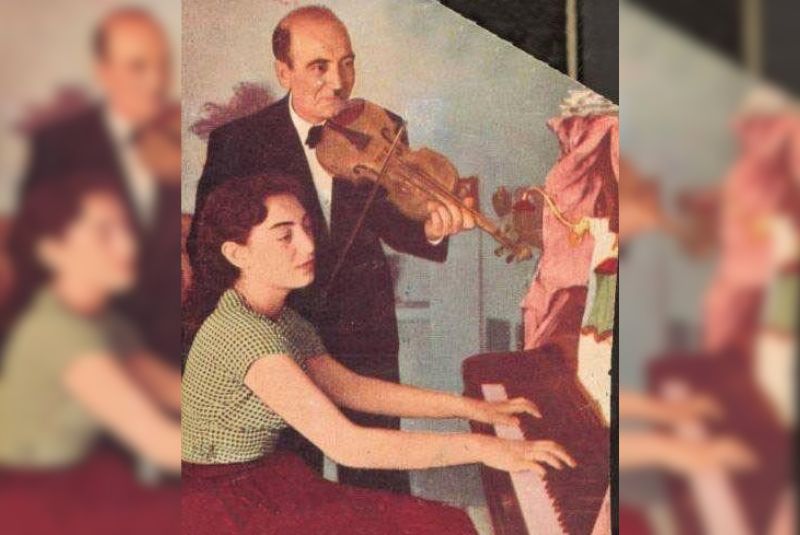
Early Life and Musical Upbringing of Abul-Hassan Saba
Abul-Hassan Saba's journey into the enchanting world of music began in the heart of Tehran. From a young age, his fascination with melodies was evident. Raised in a family where music was revered, Saba's father, a doctor in the court of Naser al-Din Shah, recognized his son's innate talent and zeal for music. At the age of six, Saba embarked on his musical education under the guidance of skilled music teachers. He displayed an extraordinary aptitude for various Iranian instruments, mastering each with the guidance of esteemed music maestros. Saba's unwavering passion for music and his father's support laid the foundation for his remarkable legacy in Iranian music history.
Contributions to Iranian Music
Abul-Hassan Saba left an indelible mark on Iranian music through his multifaceted contributions. His innovative techniques in violin playing reshaped traditional melodies, bridging the gap between classical and contemporary musical styles. Not only a virtuoso performer, Saba became an influential music educator, founding his own teaching methods that enriched the learning of numerous aspiring musicians. His profound belief in preserving the authenticity of Iranian music spurred him to collect and compose a myriad of melodies from various regions, adding depth and diversity to the country's musical tapestry. Saba's legacy endures, not just in his compositions but also in the countless musicians he inspired and nurtured through his teachings.
Notable Compositions
Abul-Hassan Saba's legacy echoes through iconic compositions like "Zang-e shotor," "Baharmast," and "Dar qafas." His influence transcends mere melodies, pioneering a transformative shift in Iranian music. Among his students, luminaries like Faramarz Payvar, Ali Tajvidi, and Homayoun Khorram perpetuated Saba's teachings, each becoming influential figures in their own right. Saba's innovative approach merged traditional melodies with contemporary styles, reshaping Iran's musical landscape. His compositions remain pillars of Iranian music, showcasing a harmonious blend of tradition and innovation while inspiring generations of musicians to explore new horizons within the rich tapestry of Iranian musical heritage.
| Read more: Kamancheh - Iranian Musical Instrument
Saba Home Museum: A Historical Heritage
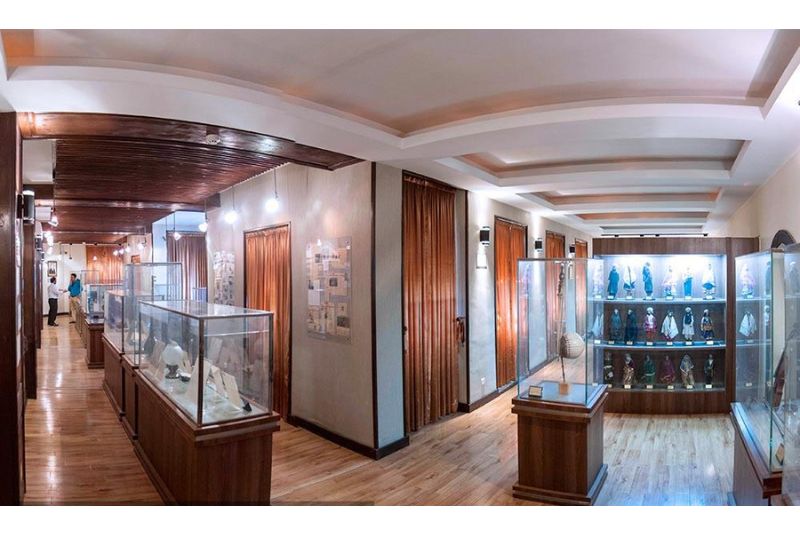
The Saba Home Museum Location and Significance
Saba Home Museum, located in Tehran's Zahir al-Islam Street, stands as a cherished haven preserving the illustrious legacy of Abul-Hassan Saba. Located in Baharestan Square, this historical complex serves as a testament to Saba's invaluable contributions to Iranian music. Despite its unassuming appearance among bustling stores, the museum, established in 1974 following Saba's wishes, holds profound cultural significance.
This architectural gem, spanning 230 square meters, encapsulates the essence of Iranian musical heritage. Beyond its modest exterior lies a treasure trove of Saba's personal artifacts, musical instruments, and memorabilia, providing an immersive journey into his life and musical genius. The museum's significance transcends mere exhibitions; it symbolizes a dedication to preserving and celebrating the richness of Iranian musical traditions, inviting visitors to delve into the melodious history woven by the maestro, Abul-Hassan Saba.
| Suggestion: Best Museums in Tehran
The Museum's Structure, Rooms, and Layout
Saba Home Museum, though modest in size, unfolds into a captivating narrative of Abul-Hassan Saba's life and musical heritage. Comprising five rooms and an underground space, each section meticulously preserves a facet of Saba's multifaceted persona. Upon entering, visitors encounter a small courtyard featuring a tranquil pond—a serene prelude to the museum's treasures.
The museum's interiors reveal a chronological journey through Saba's life. The first section boasts portraits, personal belongings, and administrative documents, offering glimpses into the maestro's private world. Moving forward, the collection of musical instruments steals the spotlight, showcasing the richness and diversity of Iranian music.
Descending to the basement, reminiscent of ancient reservoirs, visitors witness the space where Saba, along with revered masters like Ali-Akbar Shahnazi and Gholam-Hossein Banan, once shared musical knowledge. Exhibits such as Saba's personal notebook, poems, and a diverse range of relics beautifully depict the passage of his vibrant life, creating an immersive experience within the museum's intimate quarters.
| Discover: Persian Art
Exhibits and Collections
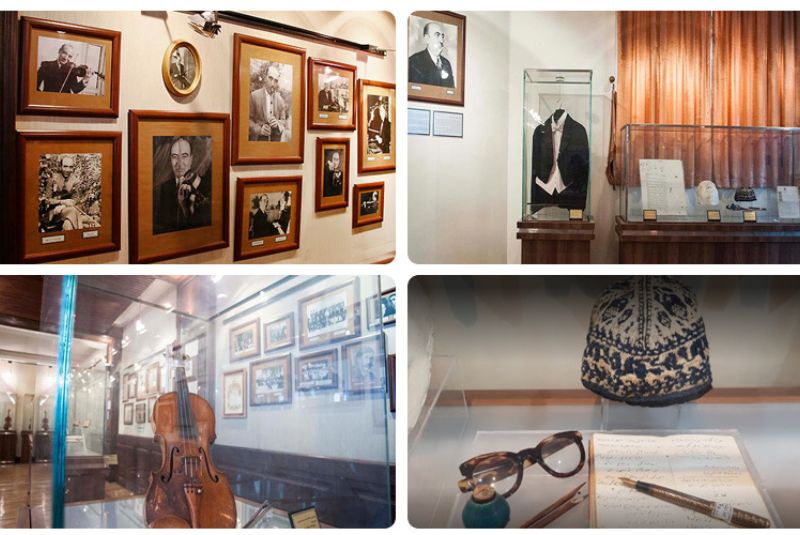
Saba Home Museum stands as a treasure trove showcasing an extensive array of exhibits intricately intertwined with the life and legacy of Abul-Hassan Saba. Upon entry, visitors are greeted by a collection of personal artifacts belonging to the maestro. These items, ranging from eyeglasses and inkwells to pens and formal wear, offer an intimate glimpse into Saba's daily life and creative pursuits, each item telling a unique story.
The museum's centerpiece, however, lies in its impressive assortment of musical instruments. Displayed with reverence are various stringed instruments like violins, tar, setar, kamancheh, percussions like tombak, and percussion-stringed like santur each instrument carrying the resonance of Saba's virtuosity. Not only do these instruments embody the diverse facets of Iranian musical heritage, but they also reflect Saba's dedication to mastering and teaching these instruments to future generations.
Additionally, the museum proudly presents Saba's handwritten manuscripts, musical notes, and compositions, meticulously penned by the maestro himself. These artifacts, etched with ink on aged paper, offer an exclusive glimpse into Saba's creative process, revealing his innovative techniques and unwavering commitment to preserving Iranian musical traditions.
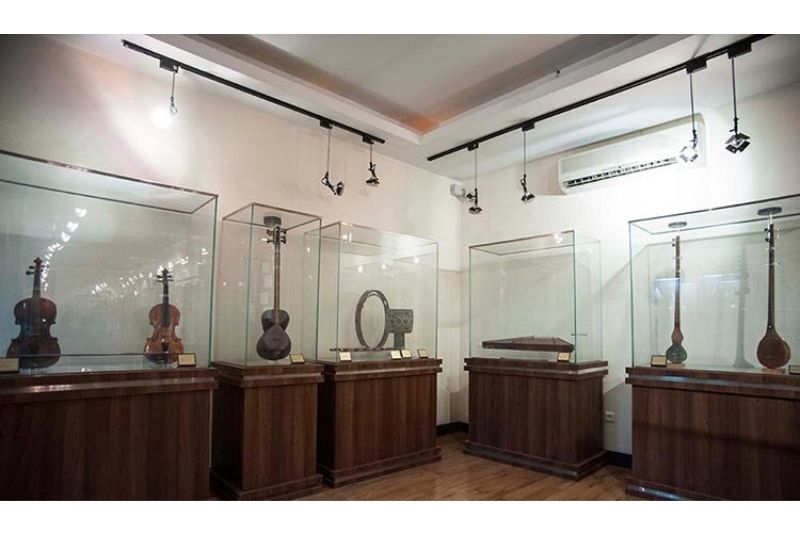
Among the museum's unique treasures is a lifelike plaster mask, meticulously crafted to preserve Saba's facial features. This exceptional artifact not only immortalizes Saba's physical likeness but also symbolizes his enduring presence and influence in Iranian music.
Each exhibit within Saba Home Museum bears testimony to Abul-Hassan Saba's profound impact on Iranian music. These artifacts collectively narrate the story of a maestro whose legacy continues to resonate through the corridors of Iranian musical history.
| Suggestion: Tehran Museum of Contemporary Art
Mrs. Saba's Doll Collection
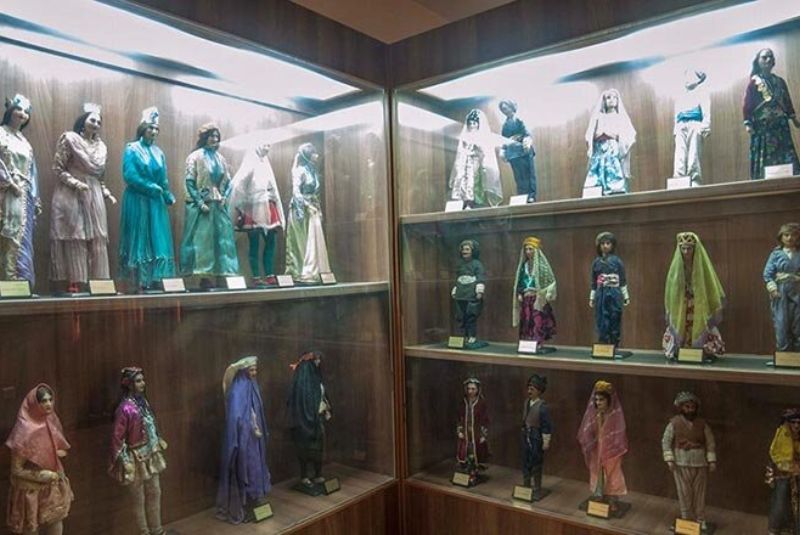
One of the distinctive and culturally rich collections housed within Saba Home Museum is the unique anthology of 90 dolls, each intricately dressed in the traditional attire of different Iranian ethnic groups. Crafted with precision, these dolls represent the diverse ethnicities across Iran, including Khorasan, Qom, Yazd, Gilan, Kurdistan, and more. Mrs. Saba, Abul-Hassan Saba's wife, meticulously researched and assembled this remarkable anthropological collection.
Mrs. Saba's contributions extend beyond the doll collection. She was a trailblazer in her own right, recognized as the first woman in Iran to document handicrafts and sewing instructions, besides her editorial work. Her influence on the museum's diversity is evident through this comprehensive anthropological collection, showcasing the rich tapestry of Iran's cultural heritage. The dolls, meticulously adorned in regional attire based on Mrs. Saba's meticulous research, serve as a vibrant testament to the varied and vibrant cultural identities across Iran, adding a unique dimension to the museum's offerings.
| Also read about: The Greatest Persian Poets throughout the History
Visitor Information and Experience
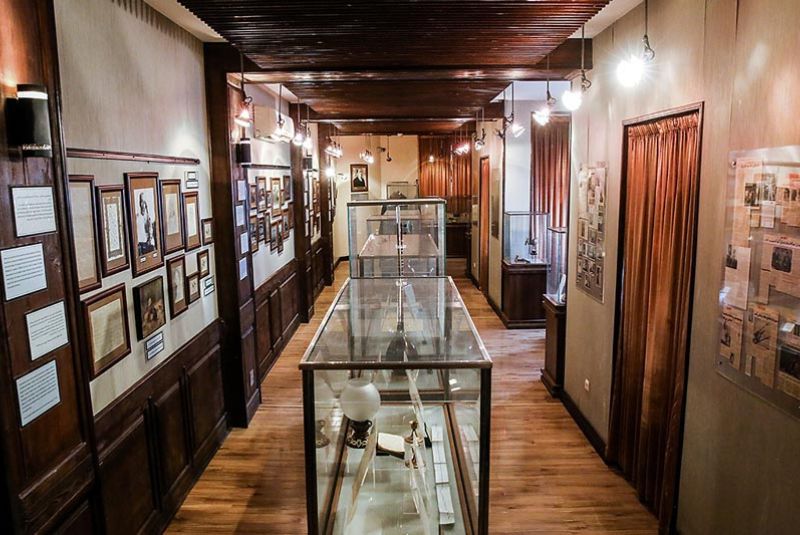
Practical Information for Tourists
Situated in Baharestan Square on Zahir al-Islam Street, Saba Home Museum resides at the heart of Tehran. Tourists can easily access the museum via various transportation options. The nearest Baharestan metro station, connected by Metro Line 2 (Farhangsara-Sadeghieh), lies a mere 500 meters away, providing convenient access. Additionally, the Baharestan Square bus station serves several lines, such as Enghelab Square - Khorasan Square and Baharestan Square - Shush, facilitating further accessibility.
The museum warmly welcomes visitors from Saturdays to Wednesdays, opening its doors from 8:00 AM to 2:00 PM. For those eager to explore the museum's cultural treasures, admission is free. Upon arrival, visitors need only ring the doorbell if met with a closed door, ensuring a seamless and enriching experience at the Saba Home Museum.
What to Expect When Exploring the Saba Home Museum
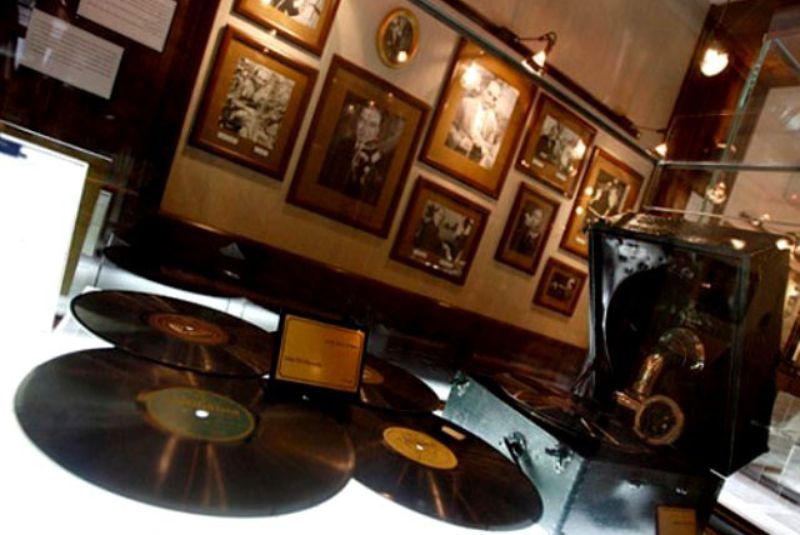
Embarking on an expedition through Saba Home Museum offers an immersive experience into the life and legacy of Abul-Hassan Saba. As visitors step into this historical gem, they encounter a small courtyard adorned with a tranquil pond, setting the tone for an enriching journey ahead.
Wandering through the museum's five rooms and underground space, guests encounter a chronological narrative of Saba's life. From portraits, personal belongings, to administrative documents, each exhibit offers insights into the maestro's private world. The museum's highlight is the array of musical instruments, reflecting Saba's virtuosity and dedication to Iranian music.
Moreover, the basement, once a hub for musical teachings by revered masters, adds a historical depth to the experience. Visitors can peruse handwritten notes, personal notebooks, and a diverse range of relics, each contributing to the captivating narrative of Saba's vibrant life. Overall, a visit to Saba Home Museum promises a captivating odyssey through the melodies and cultural richness of Iranian music.
Finally!
Saba Home Museum stands as a guardian of Iran's musical heritage, honoring the legacy of Abul-Hassan Saba. This historical gem encapsulates the essence of Iranian music, serving as a bridge between past traditions and contemporary appreciation. As visitors delve into its halls, they embark on a melodic journey, encountering Saba's life, musical innovations, and cultural contributions. Exploring this treasure trove offers a unique opportunity to appreciate the richness and diversity of Iranian musical traditions. Embrace the chance to immerse yourself in the resonating melodies and explore the profound impact of Abul-Hassan Saba at Saba Home Museum—an enriching experience celebrating the vibrant tapestry of Iran's musical heritage.
Share your story!
Comment below and let us know about your Experience.
Your story inspires others!


Comment
Leave a Comment